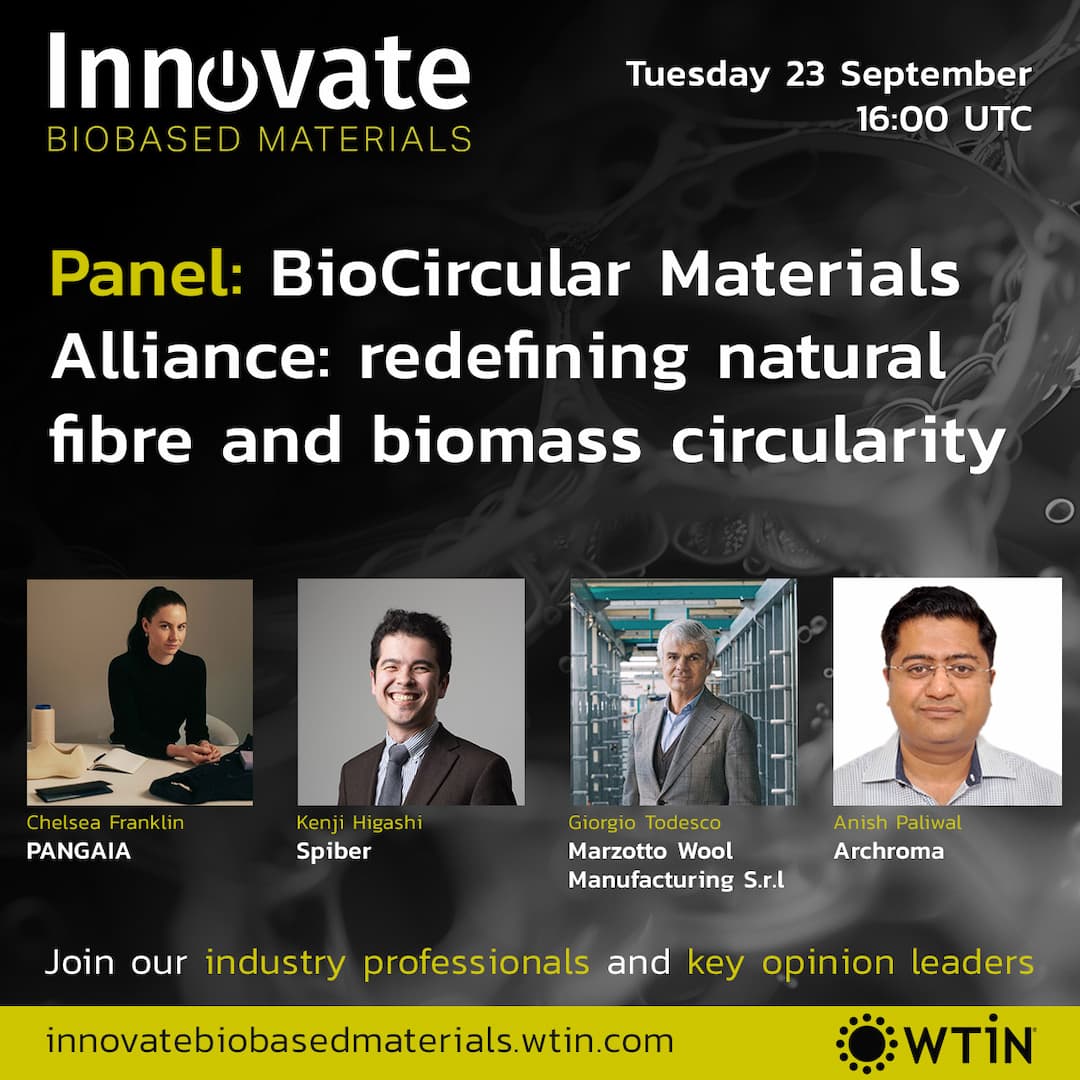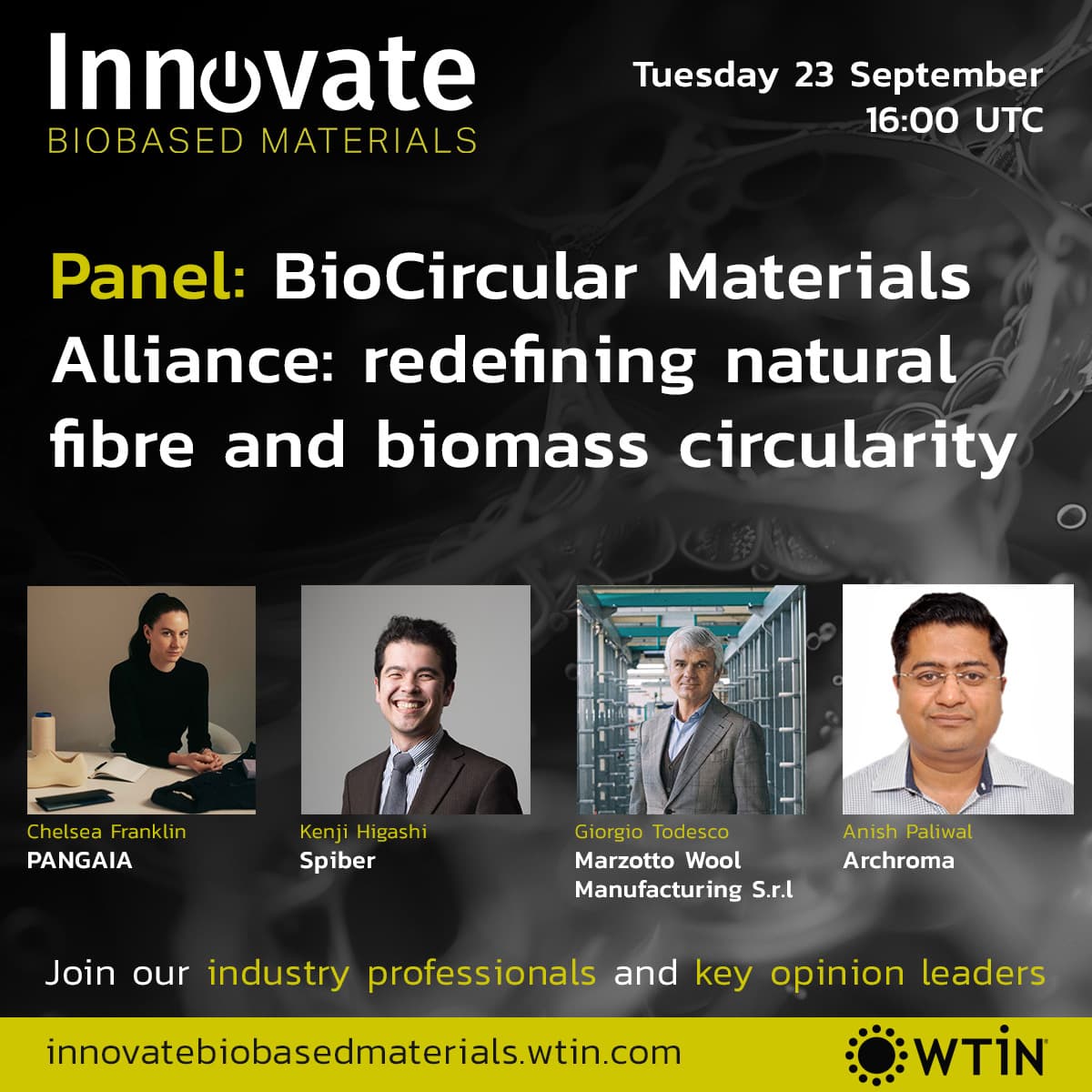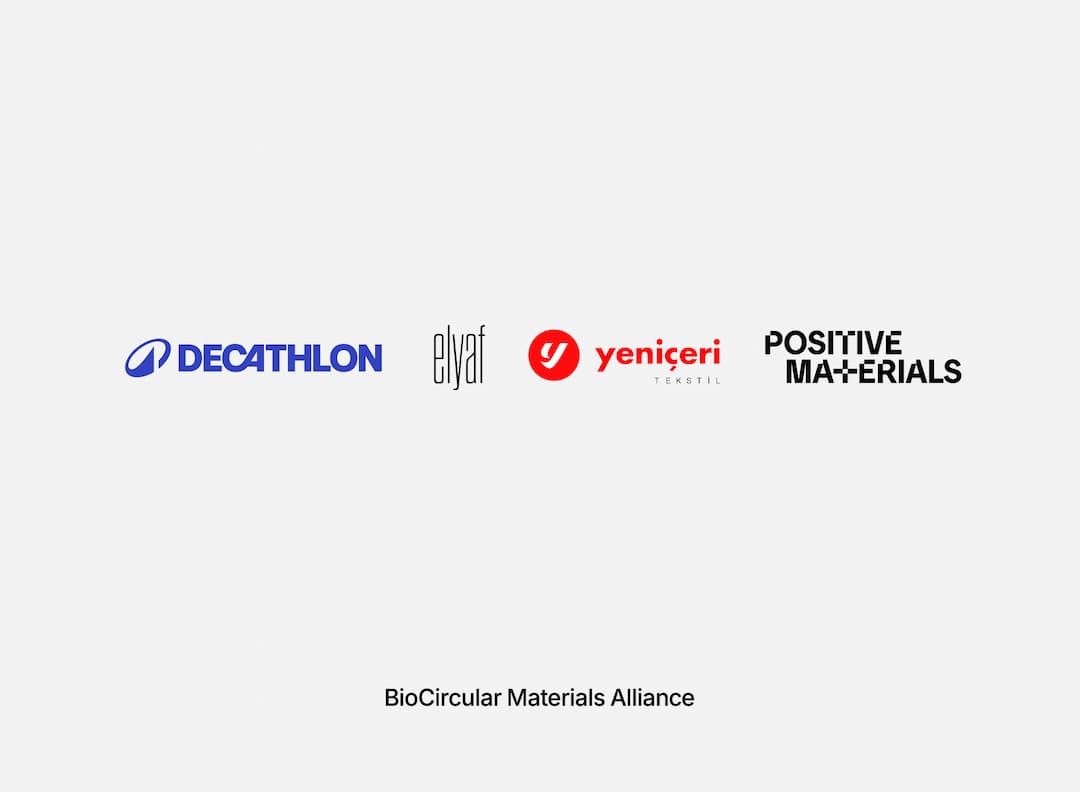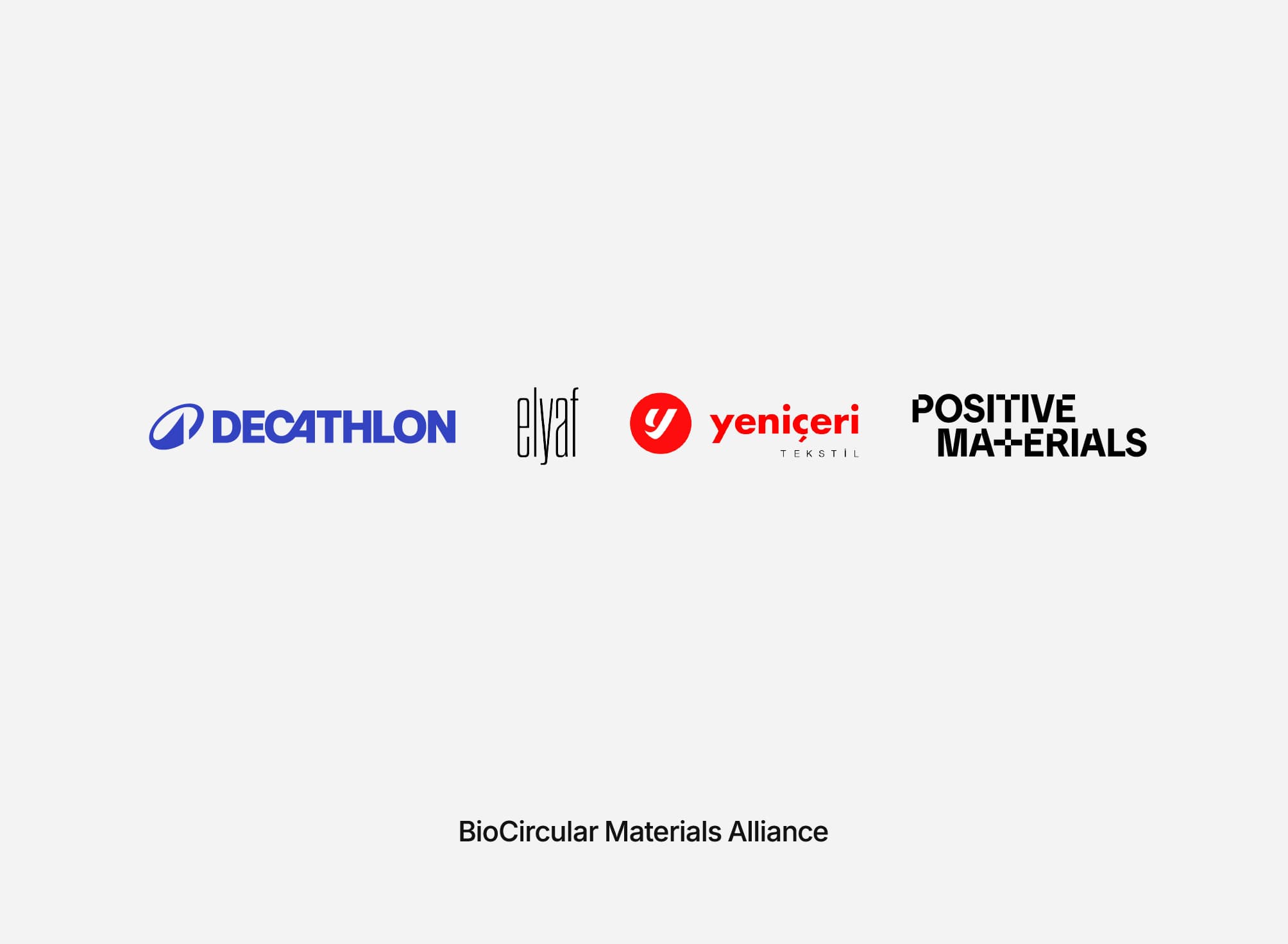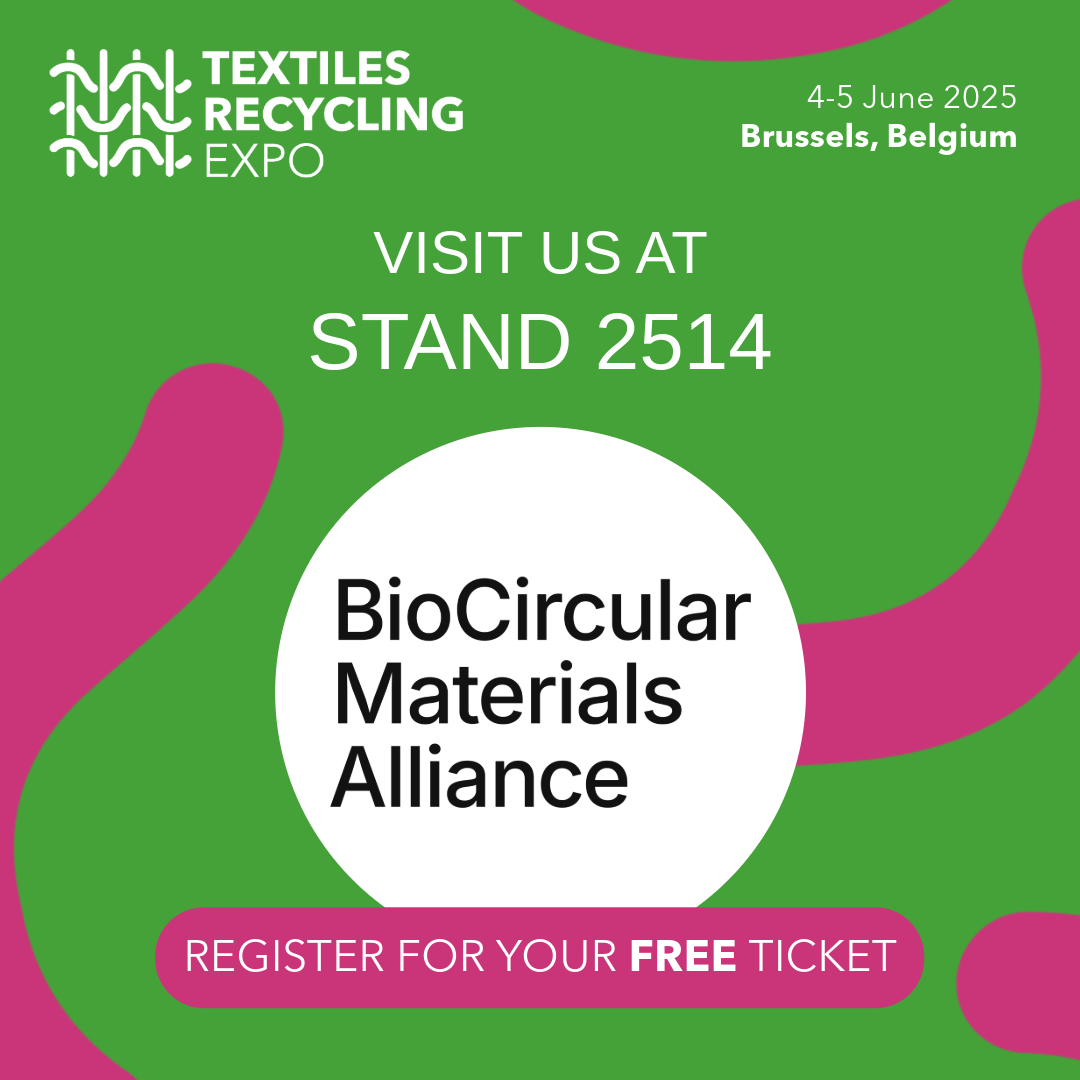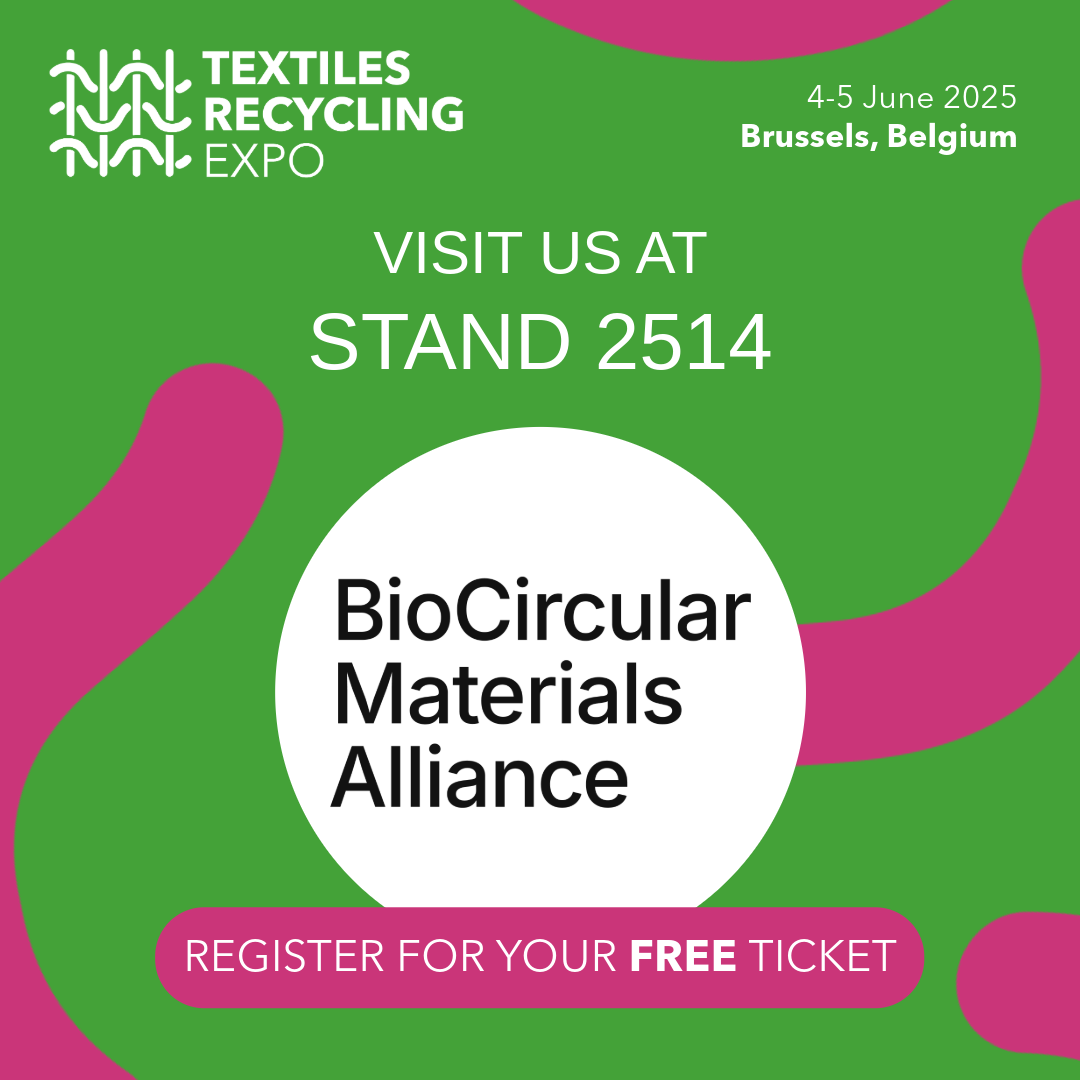
We’re harnessing
biology to reimagine
circularity
The BioCircular Materials Alliance (BCMA) was founded to harness the transformative power of biology to accelerate the global transition toward a circular future. By bringing together leading brands, manufacturers, and innovators, the Alliance seeks to enable regeneration of biobased waste—from textiles, agriculture, and forestry—into valuable materials through microbial fermentation and other advanced processes.
With a shared vision for a sustainable and circular bioeconomy, the Alliance fosters collaboration, research, and innovation to address some of the most pressing challenges in the industrial use of biomaterials.
Our vision
Turning biobased waste into tomorrow’s resources
Imagine a future where the natural materials in your everyday products—your go-to jacket, your kid’s favorite stuffed animal, your smooth cotton sheets—don’t just end their journey in a landfill. Instead, they’re designed to be reborn, cycling back into the world as valuable resources. That’s the vision of the BioCircular Materials Alliance: products created with biocircularity at their heart, where biobased components are regenerated through recycling processes and kept in circulation, not discarded.
To make this future a reality, we’re rethinking how products are designed—encouraging creators to embrace biocircular principles that prioritize regeneration over waste, and empowering them to do so by identifying which chemicals and materials support this cycle and which disrupt it. Through this approach, the Alliance is paving the way for a world where materials are continuously regenerated.
At its core, the Alliance is about collaboration. By bringing together brands, manufacturers, and innovators, we’re creating a movement to build a vibrant, circular economy for biobased materials—one that’s as sustainable as it is innovative. Together, we’re proving that the future of materials doesn’t have to be linear—it can be circular, dynamic, and endlessly inspiring.
Challenges we tackle
The journey to a biocircular future is full of promise but comes with significant hurdles that require innovation and collaboration to overcome:
Recycling
mixed-material products
Many everyday items, from cozy sweaters to high-performance gear, are made of complex blends of fibers like cotton, polyester, nylon, acrylic, rayon, elastane, wool, and many others, posing major challenges for recycling. Innovative processes are needed to separate these components, directing biobased fractions into systems such as metabolic recycling while synthetic materials follow alternative routes like chemical or advanced recycling technologies.
Impact of chemical treatments
Dyes and finishes, while essential for aesthetics and performance, often hinder recycling. Experiments have shown that some dyes and treatments can significantly reduce the recyclability of organic materials by certain processes, while others are less disruptive. We encourage other recycling organizations to share similar data to enrich industry knowledge. The Alliance is actively testing these various combinations of fibers and chemicals, compiling insights into the Materials Biocircularity Database to guide better material and chemical choices.
Lack of global standards and systems
Progress toward circularity is happening, but the global framework still has gaps. Harmonized international standards for product design, collection, and recycling are not yet in place. While eco-design initiatives are emerging worldwide, they often overlook a crucial aspect: optimizing products for metabolic recycling. This oversight risks leaving valuable materials out of circulation, making it essential to address this gap for a fully circular future.
Creating products from BioCircular Materials means designing for biological regeneration—using components and chemicals that can seamlessly integrate into nature’s ecosystem of continuous renewal.
BioCircular Materials Alliance's activities
Designing products for
biosphere circulation
Design for circularity, eliminate components that disrupt regeneration
Defining a set of actionable recommendations for product designers and manufacturers to create products optimized for appropriate recycling processes. This includes exploring use of mechanisms like the emerging EU Digital Product Passport systems to provide End-of-use Instructions to guide consumers and recyclers in directing waste products containing bio-based components to appropriate recycling streams.

Progress Highlights
The Alliance achieved significant milestones in 2024, laying the foundation for advancing biocircularity
These achievements mark the beginning of an ongoing journey to transform industries and achieve a fully circular bioeconomy. Read more about our progress here.
Formalized membership and governance
Introduced a clear membership framework and decision-making process to align stakeholders.
Developing the Action Plan
Created a shared roadmap to advance industry-wide efforts toward a biocircular economy.
Materials BioCircularity Database
Initiated a public database to provide insights into the recyclability of materials and support product design decisions.
news highlights
Alliance in the News
Diving deeper into
BioCircular Materials
Collaboration between brands and suppliers is essential to realize the potential of BioCircular Materials. To drive this collaboration forward, we will delve deeper into discussions with various stakeholders on cooperation with innovative companies and brands, the challenges they face, and future perspectives.

Filmed at the Future Fabrics Expo(June 2025). Video courtesy of The Sustainable Angle.
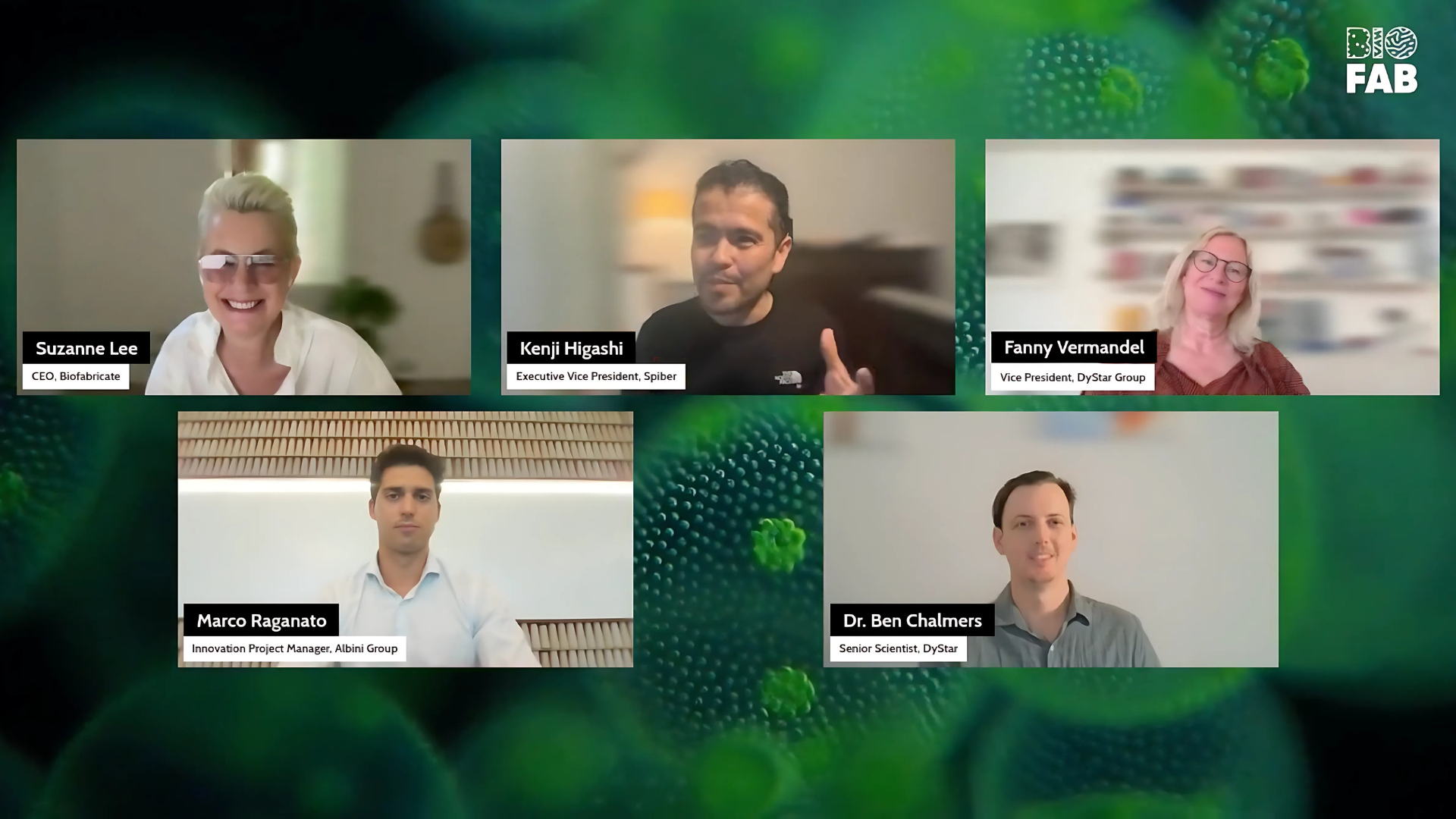
BIOFABRICATE Webinar: 'Designing Circularity: BioCircular Materials Alliance Spotlight' (July 2025). Video courtesy of BIOFABRICATE

Filmed at the BIOFABRICATE Paris Summit (January 2024). Video courtesy of BIOFABRICATE.
Alliance members sharing
the same vision for our future



























Activity reports
We are releasing reports on the projects led by the BioCircular Materials Alliance.
do not all necessarily reflect the views of every Member.

